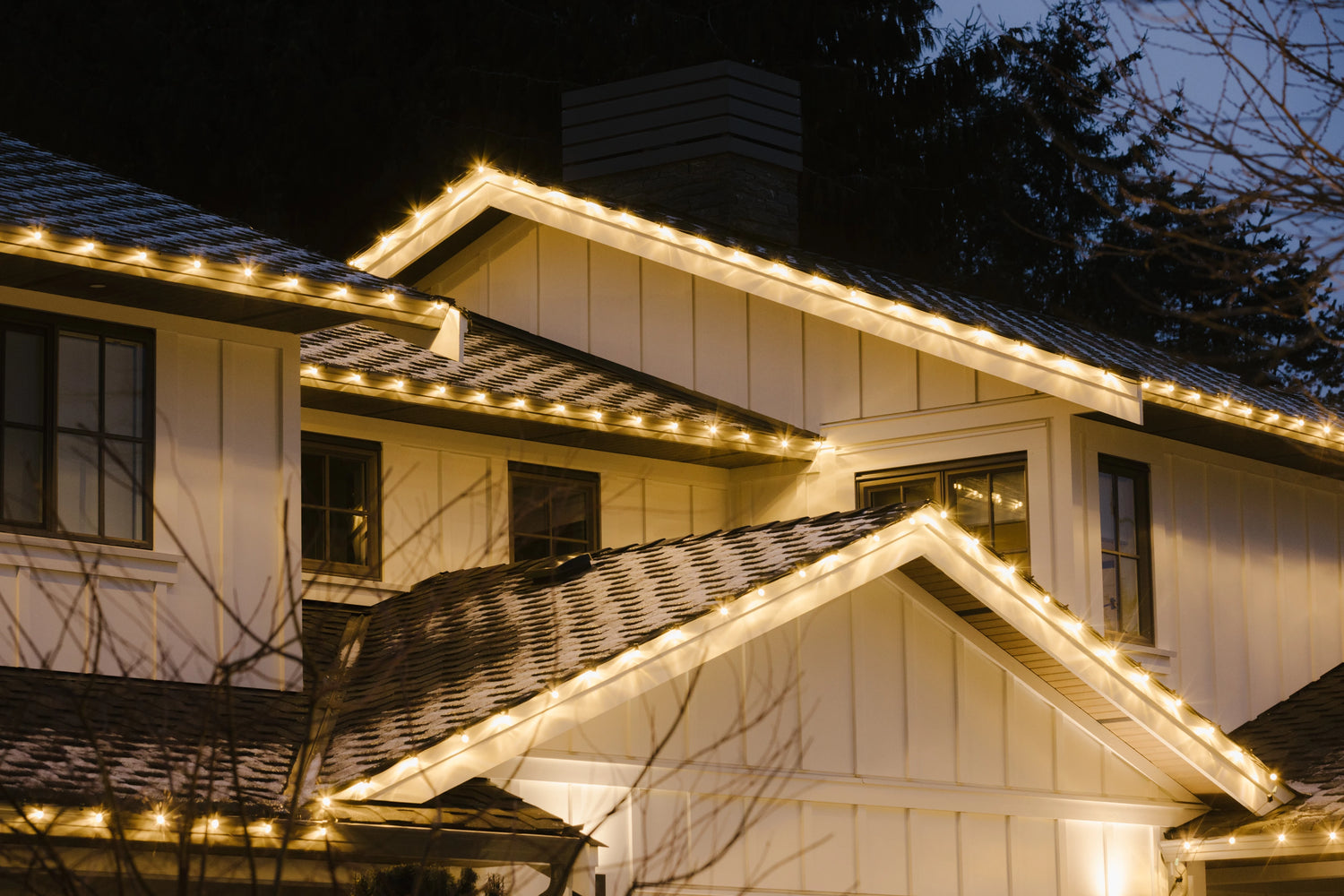Summer is the ideal time to enjoy your backyard, but it’s important to remember that we’re not the only ones enjoying the great outdoors. Wildlife is an essential part of both urban and suburban ecosystems, and our outdoor lighting choices can have a significant impact on their habitat and their habits. Illuminating the night with manufactured light can have both positive and negative effects on wildlife. On the one hand, it can help deter predators and keep animals safe from harm. On the other hand, the larger scale light pollution can also disrupt natural behaviours such as hunting and feeding, and potentially harm animals by altering their sleep and migration patterns.
Here are some tips to keep in mind when selecting outdoor lighting for your summer activities:
Keep the Lighting Soft
 in-lite's SWAY path lights create a warm downcast glow of light that won't be as distracting to wildlife.
in-lite's SWAY path lights create a warm downcast glow of light that won't be as distracting to wildlife.
Bright lights can be disruptive to wildlife, especially nocturnal animals like bats and owls. Instead of using harsh direct lighting, try using softer diffused light sources. This can be achieved through the use of lights with a lower Kelvin rating (colour temperature), or lower lumens (bulb brightness), or even by installing dimmer switches on existing light fixtures. Just check to make sure your lights are compatible with a dimmer, first!
Choose the Right Type of Light Technology
 Our Edison bulbs feature two modern LED filaments rather than tungsten filaments. This makes them more energy efficient and reduces the attraction of insects.
Our Edison bulbs feature two modern LED filaments rather than tungsten filaments. This makes them more energy efficient and reduces the attraction of insects.
The type of light you choose can also have an impact on wildlife! Light-emitting diodes (LED) lights are a great choice as they are energy-efficient, long-lasting, and emit less UV light, which can be harmful to some animals. Yellow, amber, or red lights are also preferable as they are less likely to disrupt the natural behaviours of nocturnal animals. Bright white and bluish lights should be avoided.
Shield Your Lights
 The in-lite ACE HIGH path light features an adjustable light that can be angled downward to minimize upward glow and light pollution.
The in-lite ACE HIGH path light features an adjustable light that can be angled downward to minimize upward glow and light pollution.
To minimize the impact of your lighting, consider shielding your lights so they are directed downwards rather than upwards or outwards. This will reduce light pollution and minimize the amount of light that reaches the surrounding environment. If you want to use decorative patio bulbs like our two-filament Edison-style bulbs, consider installing them under a canopy or pairing them with metal bulb shades. This will also help to keep your light from glowing into your human neighbours bedroom windows! Many landscape lighting companies will also offer shields or diffuse lenses so that light can be directed and more purposeful.
Use Motion Sensors or Timers
Rather than leaving your outdoors light on all night (or forgetting to turn them off before bed), consider installing motion sensors or timers that will turn your lights on only when someone is present. This will not only save energy, but it will also reduce the amount of time your lights are on and potentially disrupt wildlife. If you have a low voltage system with a transformer, set up the timer to be mindful of when local wildlife might want to enjoy a little darkness.
Be Mindful of Placement
 These ACE path lights are for safety, intentionally aligned to illuminate the driveway without spreading light too far.
These ACE path lights are for safety, intentionally aligned to illuminate the driveway without spreading light too far.
Where you place your outdoor lighting can be just as important as the type of lighting you use. Avoid placing lights near areas where wildlife might congregate, such as bird feeders or watering holes. Instead, focus on illuminating paths and walkways to make sure you and your guests can see where you’re going without disturbing the local wildlife. If you notice a bird nesting in a tree that you normally illuminate, disconnect that light until you notice that mama bird has finished up their nesting season.
Plant Trees and Shrubs
 Placing lights strategically under the tree canopy reduces light pollution in the night sky above, which is helpful for migrating birds.
Placing lights strategically under the tree canopy reduces light pollution in the night sky above, which is helpful for migrating birds.
Planting trees and shrubs can help create a natural barrier between your outdoor lighting and wildlife, providing a buffer zone that can minimize the impact of your lighting on their natural behaviours.


